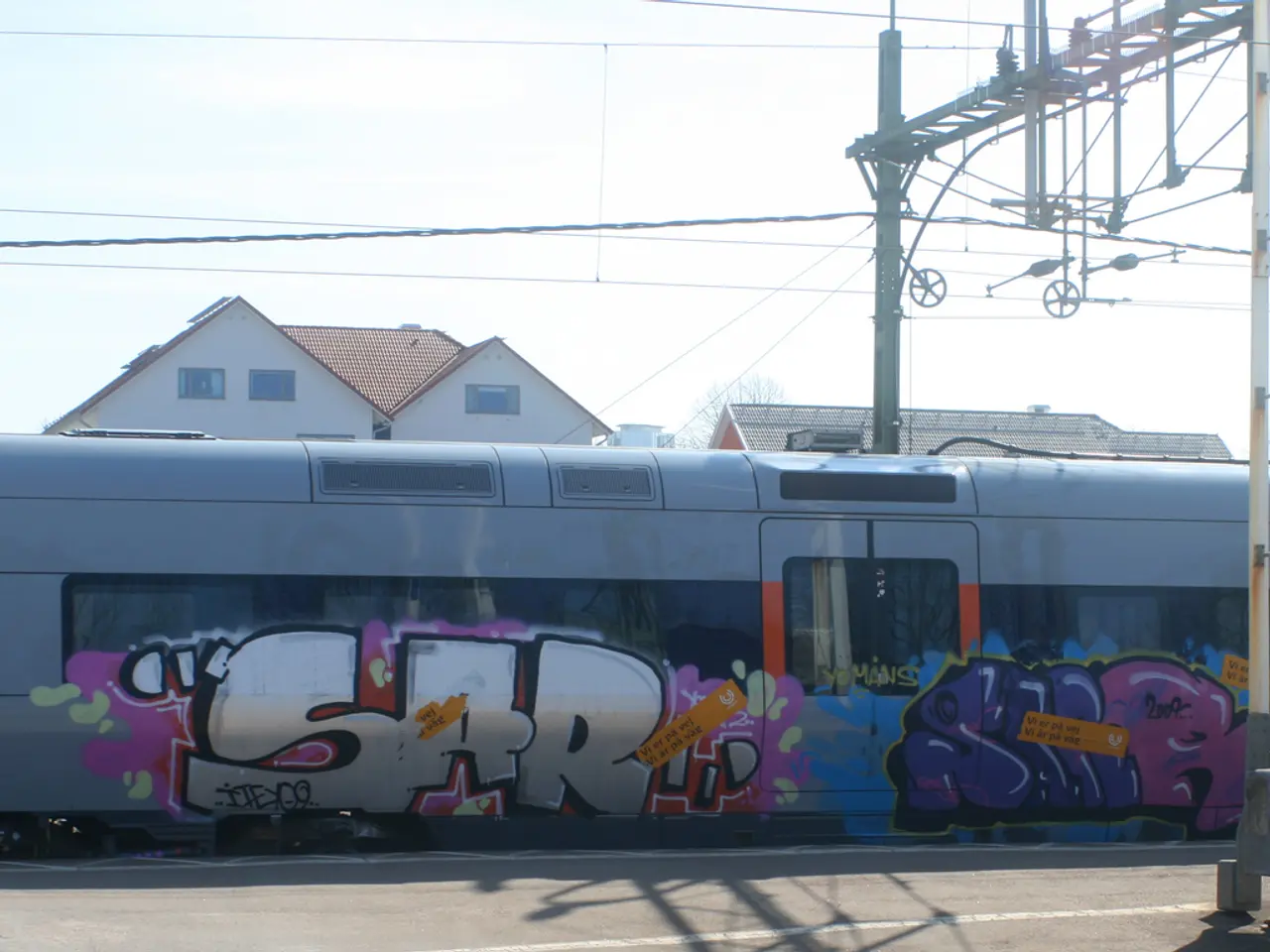"Top 3 Strategies for Upgrading Switchgear Equipment"
Upgrading Switchgear: A Key Strategy for Industrial Efficiency and Safety
In the realm of industrial facilities, switchgear plays a pivotal role in managing electrical power distribution, acting as the 'guardian of the grid'. As these essential components age, it becomes increasingly important to consider retrofitting and upgrading them to maintain efficiency, safety, and reliability.
Delaying switchgear upgrades can lead to costly unplanned downtime due to 60-week lead times for replacement equipment and supply chain disruptions. Moreover, as components wear out and technology becomes obsolete, the risk of malfunctions in switchgear increases. This can result in significant financial losses, safety hazards, and supply chain disruptions.
However, the benefits of retrofitting and upgrading aging switchgear are substantial. Retrofitting can save over $500,000 in equipment costs and up to $250,000 in labor compared to full switchgear replacement, as it avoids extensive rewiring and component removal.
One of the key advantages is the integration of updated safety features. Modern retrofits incorporate arc flash reduction maintenance systems that lower incident energy and improve worker protection. Upgrading parts like circuit breakers or relays can also resolve issues with aging components, reducing failures and maintenance needs.
Another significant benefit is the reduction in downtime. Retrofitting with available parts and maintaining the existing enclosure can shorten project timelines to 12–15 weeks with minimal operational interruption.
Regular maintenance and upgrades ensure switchgear performs optimally, avoiding costly system failures and production losses. Routine maintenance and upgrades are essential to prolong equipment life and reliability.
Best practices for retrofitting and upgrading switchgear include conducting thorough inspections and OEM-recommended maintenance to identify worn or failing components and plan targeted upgrades. Retrofit with modern breakers, vacuum interrupters, or relays that comply with current safety and operational standards. Utilize breakers with instantaneous trip functions and arc flash reduction technology to enhance personnel safety.
Planning retrofits to reuse sound infrastructure like bus work and enclosures can reduce labor, material costs, and downtime. Implementing quarterly or semi-annual maintenance schedules aligned with load demands can also prolong equipment life and reliability. Maintaining access to 24/7 technical support during and after retrofitting projects is crucial to address any unexpected failures rapidly.
Applying these best practices results in a more reliable, efficient, and safer power distribution system in industrial facilities while controlling capital and operational expenditures. Switchgear, with its crucial role in power distribution, is a key area for proactive maintenance and upgrades to ensure industrial facilities continue to run smoothly and safely.
[1] [Source 1] [2] [Source 2] [3] [Source 3] [4] [Source 4] [5] [Source 5]
Technology advancements in the finance industry can facilitate faster and more cost-effective upgrades for switchgear, making it possible to take advantage of modern safety features and improve overall industrial efficiency and safety.
Upgrading switchgear technology can lead to significant financial savings, as retrofitting offers substantial cost reductions compared to full equipment replacement, while also ensuring compliance with the latest safety and operational standards.




